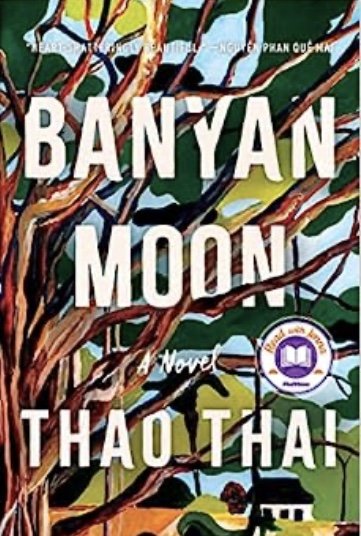The Beast Warrior by Nahoko Uehashi, translated by Cathy Hirano (Pushkin)
The Beast Warrior is the sequel and conclusion to Nahoko Uehashi’s The Beast Player (Asia by the Book, May 2023). The story centers around the main character of Elin. As with the previous book, this was originally released in Japan in 2012 with the title 獣の奏者 III 探求編 (Kemono no Souja III Tankyu-hen) and 獣の奏者 IV 完結編 (Kemono no Souja IV Kanketsu-hen) by Kodansha. The English translation became available in 2020 from Pushkin and was translated by Cathy Hirano who also translated the previous volume.
The story picks up ten years after the end of The Beast Player. Elin is now married to Ialu and they have a son named Jesse. They are living a quiet and peaceful life until Elin is called away to investigate the sudden deaths of the kiba, the most fearsome todas which are dragon-like beasts that the Aluhan have trained. Elin also has a special relationship with Royal Beasts which are the natural enemy of the toda.
Elin had become a beast doctor but it’s her wish that the wild animals, both toda and Royal Beasts alike, would not be used to fight for humans. She is constantly struggling with her conscience as the toda continues to be used as a defense against enemy forces.
In the previous volume, Elin’s mother, Sohyon, was accused of dereliction of duty, and was sentenced to death after the todas she was entrusted with all died at the same time. Now, a similar incident has occurred in another toda village.
Elin was also shown documents that showed there were other mass kiba deaths in the past and they occurred in several villages at once. It proved that her mother was not at fault for the death of the todas she was in charge of. Now it is Elin’s task was to find out the cause of the mass kiba deaths.
To make matters worse, a foreign country that raised a toda army of its own is now invading Elin’s homeland. Semiya, the Yojeh, a title given to the Ruler of the Kingdom of Lyoza, is commanding Elin to raise an army of Royal Beasts to counter the attack. Yet it is still Elin’s wish to let the animals live in peace in the wild.
Elin had also found out that her mother and her people, the Ahlyo, kept many secrets concerning the toda and Royal Beasts to avoid a calamity that could affect the entire world. Elin questions the wisdom of the Ahlyo in suppressing the truth about the tragedy that happened many, many years ago.
She is determined to find out for herself why it is that the Ahlyo refused to divulge information concerning the animals, even if it means repeating a catastrophe from the past. Can Elin stop that tragedy from happening?
Although Uehashi’s Beast series is considered a children’s book, it can be enjoyed by both kids and adults alike. The Beast Player is more of a coming of age story, whereas the sequel, The Beast Warrior is more of a cautionary tale about the horrors of war and how people are forced to do things against their better judgement. In the end, it is up to us, the people, to strive for world peace and end all wars. Unfortunately, that day seems to be a long way from ever happening. ~Ernie Hoyt



















